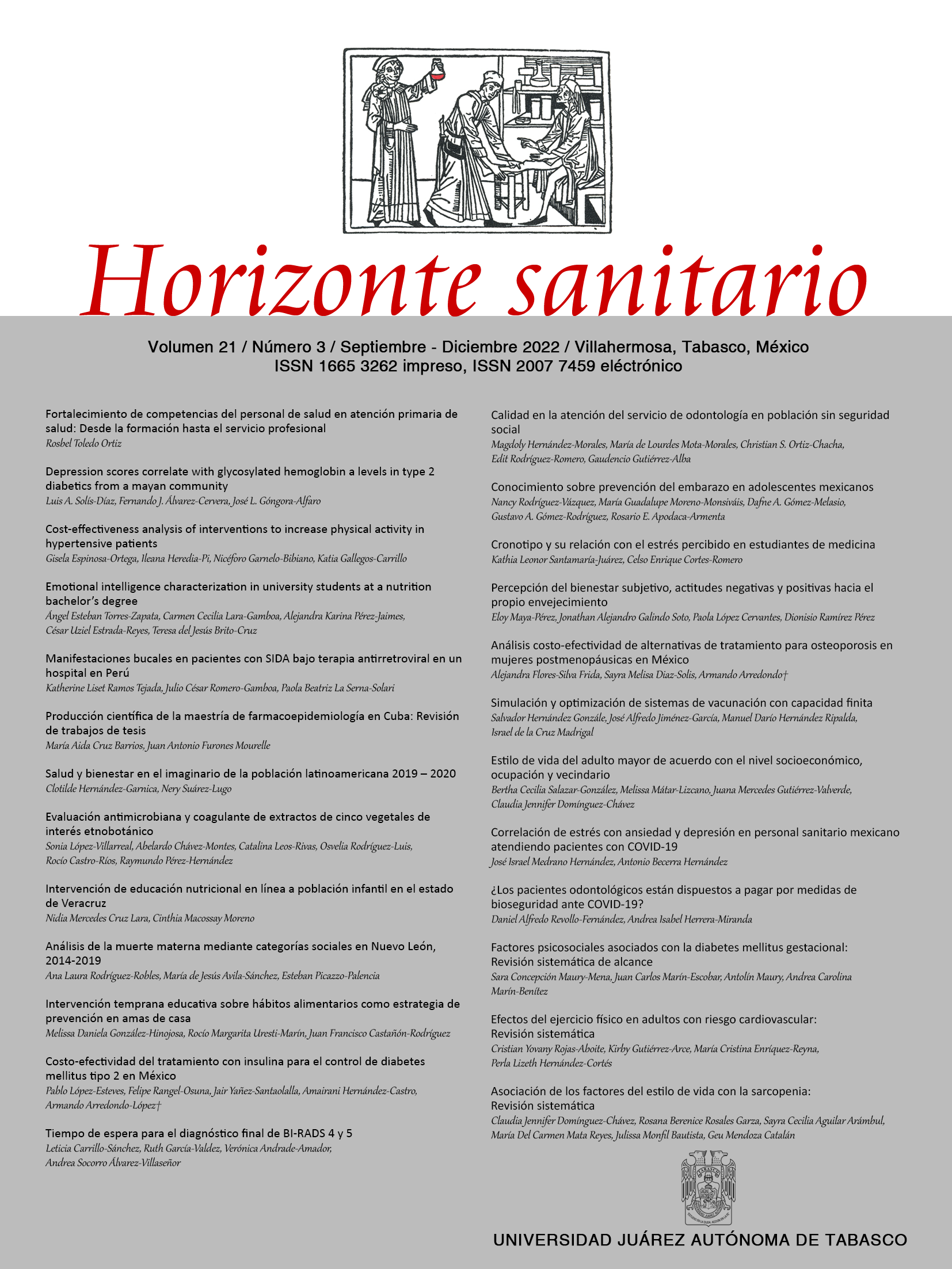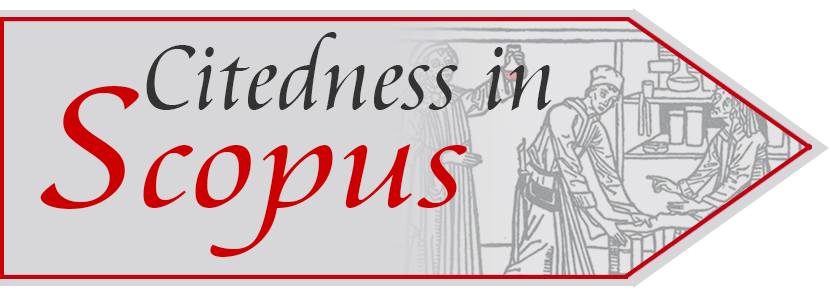Cost-effectiveness in insulin treatment for type 2 diabetes mellitus control in Mexico
DOI:
https://doi.org/10.19136/hs.a21n3.4769Abstract
Objective: To identify the best cost-effective intervention for the treatment of type 2 diabetes mellitus, at the first level of care, when the patient requires the use of insulin, based on previous clinical analysis.
Materials and methods: A cost-effectiveness analysis was carried out, from the provider perspective. The cost of three types of insulin as a control drug were obtained: glargine insulin, neutral protamine Hagedorn (NPH) insulin and lispro insulin/lispro protamine 25-75 IU. The effectiveness indicators were obtained from previous studies that analyzed the effect on glycated hemoglobin (HbA1c).
Results: The intervention that presented the best cost-effective coefficient was the treatment with glargine insulin, with a value of 570, compared to 643.1 for the NPH insulin and 57 for the lispro/lispro protamine insulin.
Conclusions: Glargine insulin is the treatment in patients who require insulins, without microvascular damage, that presents the best evidence to invest in, because of its cost and efficiency (analyzed through a cost-efficiency coefficient). These results may be considered in the Mexican context to improve drug’s acquisition and the treatment standards to treat type 2 diabetes mellitus.
Key words: Type 2 diabetes; Cost-effectiveness; Insulin
Downloads
Published
Issue
Section
License
Copyright (c) 2022 Horizonte Sanitario

This work is licensed under a Creative Commons Attribution-NonCommercial-ShareAlike 4.0 International License.



































